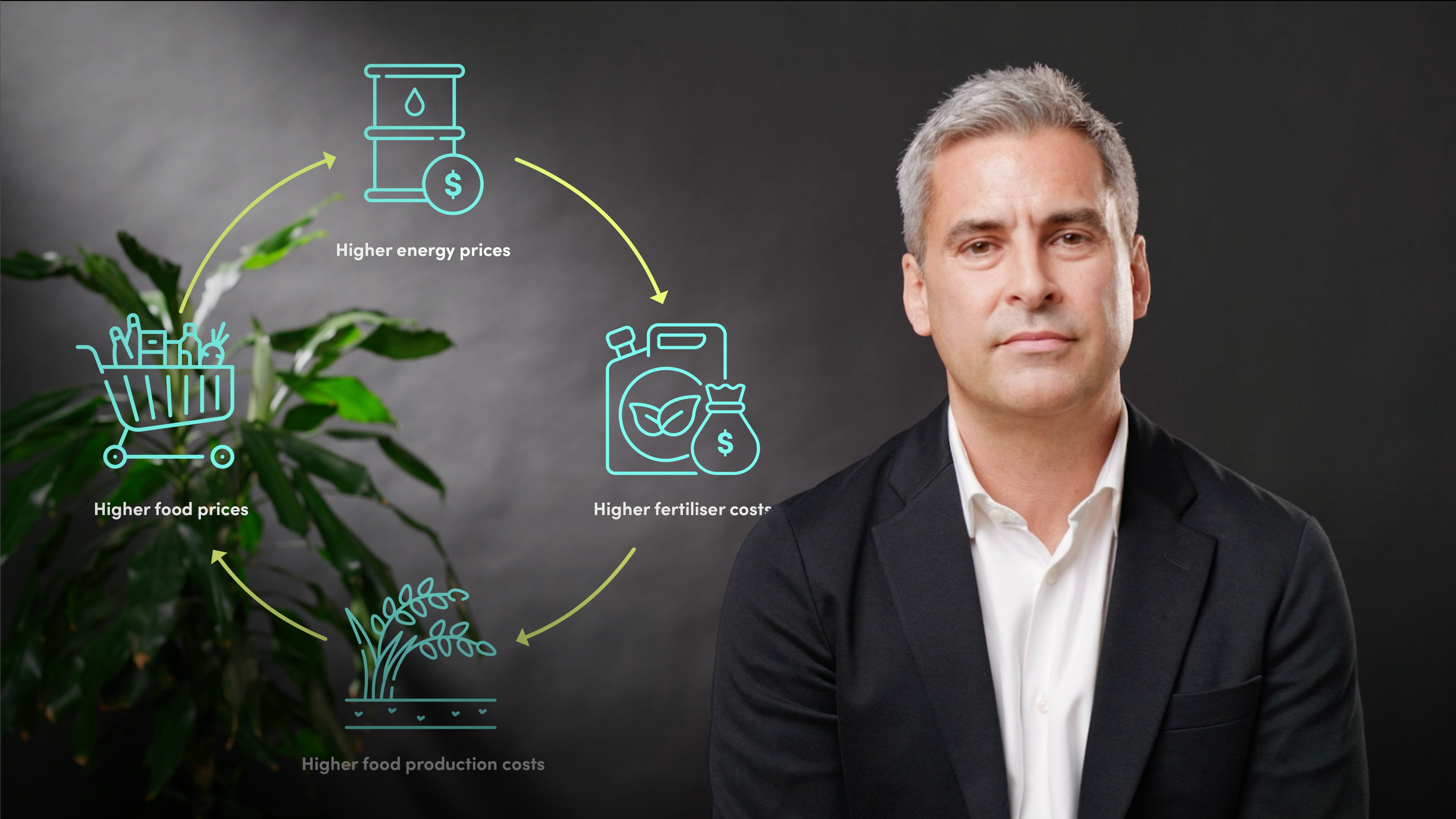
Solar Thermal Case Study

Christophe Williams
Co-Founder and CEO: Naked Energy
In this case study, Christophe explains the current energy crisis we are facing and then outlines how solar thermal technology can be deployed to combat it. In doing so, he explains the details of a project for the Cherwell District Council.
In this case study, Christophe explains the current energy crisis we are facing and then outlines how solar thermal technology can be deployed to combat it. In doing so, he explains the details of a project for the Cherwell District Council.

Solar Thermal Case Study
11 mins 3 secs
Businesses and consumers globally are experiencing huge energy price rises over the last couple of years. This has a huge impact across several sectors, the leisure sector is no different. In the UK, the leisure sector will be in a dire situation with rising costs. One way to prevent this is through transition to more efficient renewable technologies.
Key learning objectives:
Understand the factors that formulated the energy crisis
Understand the impact of the energy crisis on the leisure sector
Understand how solar thermal technology can help public sector entities
What are the factors that led to the energy crisis?
COVID-19 Pandemic: The demand for oil in particular dropped to new lows however, as demand recovered, OPEC was slow to respond. Energy prices began to rise in 2021 as the global economy experienced a rapid rebound. Cold weather during the winter months also played a factor, leading to a global supply-demand imbalance - exacerbated by the global supply-chain crisis.
CO2 pricing: In Europe, the rising price of CO2 in 2021 led to approximately one-fifth of the energy price.
Climate change: In 2021, extreme droughts were witnessed globally and this resulted in huge problems for hydro power and nuclear power due to water shortages.
Russia’s war in Ukraine: As the West introduced economic sanctions on Russia in response to the invasion of Ukraine, Russia reduced its supply of fossil gas to Europe and this caused huge market disruptions leading to fuel shortages.
How is the energy crisis affecting the leisure sector in the UK?
In 2019, swimming pool operators faced a combined annual energy cost of approximately £500m. In 2022, this cost could well be in the excess of £1.5 billion. The effect of nationwide pool closures could be dire. Swimming pools are at the heart of communities and support some of the most vulnerable members of our society and saves the NHS and social care system over £357m each year. They are crucial to the health and wellbeing of people up and down the country.
How can solar thermal technology be used in the leisure sector to combat the rising energy prices?
We can look at a case study of Cherwell District Council to outline the impact of solar thermal technology. As a public sector entity the council was looking for ways to reduce its carbon emissions whilst working on a budget. A heat pump feasibility study highlighted that it would be far too expensive to implement as compared to one using solar thermal technology with collectors on roofs. Some of the benefits include:
Direct benefits of the installation:
- 122,000 kWh thermal energy
- 22.5t CO2 emissions saved
- £17k energy savings p.a.
Indirect benefits of the installation:
- Steady water temperature
- Fit and healthy community
- Reduced demand on public services
How can such public sector entities get funding needed for renewable technology?
The project was funded through the Public Sector Decarbonisation Scheme (PSDS).
It provides grants for public sector bodies to fund heat decarbonisation and energy efficiency measures. The importance of the PSDS for the public sector and the wider economy cannot be underestimated. PSDS sets a clear example for decarbonisation in the built environment and provides targeted funding for technologies that demonstrate best value for money. Additionally, the scheme delivers significant job creation and helps contribute to the UK’s national carbon reduction goal. Without the PSDS funding scheme Cherwell District Council would not have been able to invest in onsite renewables, such as solar thermal, to reduce their operating costs.
What are the other areas where solar thermal can be applied?
Solar thermal is suited for applications where there is a constant demand for hot water and heat. It is particularly well suited for multi-unit residential properties, hotels, hospitals as well as the manufacturing sector. Solar thermal can lower the cost of heat and carbon emissions even further when integrated with other low carbon solutions such as heat pumps and thermal storage. End-users becoming more self-sufficient and secure in their energy generation and cost. A reduction of the operating cost of heat pumps, through reducing the general energy deman. Reduced demand on the power grid and reliance on gas imports.

Christophe Williams
There are no available videos from "Christophe Williams"

